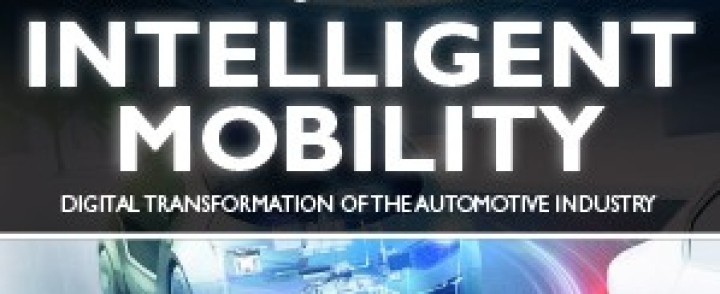Revenue from new automotive business models and technologies expected to reach $1.3 trillion in 2030
Mobility, autonomous vehicles, connected cars and big data analytics present growth opportunities in 2017, finds Frost & Sullivan’s Mobility team. E-mobility solutions, autonomous vehicle technology, and other digitisation advancements are creating new and exciting opportunities in the automotive industry. By the end of 2017, global light vehicle sales are expected to cross 93 million units. Slight growth in North America and significant growth in Eastern European markets like Russia and Ukraine will offset the slowdown in the China and Japan markets. Big data and digitisation will increase revenue and customer penetration while marketplaces and tire eRetailers will challenge original equipment manufacturers (OEMs) and traditional retailers. Increasing competition will also step up investment from volume OEMs in mobility services to move towards a car-as-a-service model.
2017 Global Automotive Industry Outlook, recent research from Frost & Sullivan’s Automotive & Transportation Growth Partnership subscription, finds that new mobility strategies, autonomous vehicle development, advancement in connected car technologies and big data analytics will be some of the key trends influencing the automotive market in 2017.
“Digitisation will underpin automotive industry strategies, with OEMs establishing digital divisions and investing in developing Internet of Things (IoT) platforms that support connective living solutions,” says Frost & Sullivan Mobility Industry Principal Shwetha Surender. “The growing digital ecosystem between automotive OEMs, software integrators, telecoms, and other companies will also bring new areas of competition, with revenue expected to grow to $1.3 trillion in 2030 from electrification, smart mobility, connected cars, and autonomous vehicle development, among others.”
Emerging growth opportunities in the global automotive market include:
- Mergers and acquisitions, especially in the startup space, to accelerate introduction of new technologies in to the market
- Diversification of OEM business models into fresh revenue streams such as mobility and fintech
- Partnerships between automotive companies to bring about much needed synergies that accelerate development and reduce costs
- Growth of shared mobility options to tackle urban congestion and environmental pollution; the future may see OEMs partnering with cities on transportation solutions
- Strong advances in autonomous, electric and connected cars in North America, especially the USA
- Recovering sales in Russia, Ukraine, Spain and Poland
- Focus on China’s aftermarket as new car profit margins reduce in the mature market
- Developments in voice recognition; focus areas include voice biometrics, real-time translation, artificial intelligence-enabled virtual assistants, deep speech and vision analytics
- Health, wellness, and well-being (HWW) platforms that integrate consumer health devices with the vehicle
- Growing used car market; by 2022, it is expected to become 2.5 times the size of the new car market in North America and 2.7 times the size in Europe
- Booming vehicle sales in all ASEAN countries with demand for crossovers and entry-level vehicles.
“As digitalisation increases in the industry, data security is vital,” notes Surender. “Companies will have to ensure strict compliance and fortified measures to prevent hacking. Cybersecurity adds to the overall security of the car, improves the brand image of an OEM, and allows more innovation, especially on the vehicle automation side.”
Companies to note, in this rapidly expanding ecosystem include Tesla with its EV technology; Toyota with its product offering and strategic partnership with Uber that is key to understanding diversification of portfolios; Mobileye, which has recently been acquired by Intel, showing the importance of its product offerings; and Google that is pioneering advances in autonomous and in-vehicle technology.
Frost & Sullivan’s distinctive research examines regional and global growth in passenger vehicles and light commercial vehicles sales across North America, South America, Asia, Western Europe, Eastern Europe, South Africa, Egyptand Iran. The study explores advances self-learning, autonomous, voice recognition, vehicle cybersecurity, digital retailing, connected supply chains, IoT, electric vehicles, industry 4.0, HWW, connectivity and telematics; and details opportunities in applications like e-mobility, autonomous connectivity, mobility-as-a-service, advanced manufacturing, and vehicle to X (V2X) communication.
- More on this at Frost & Sullivan’s annual Intelligent Mobility Workshop on June 28-29. Delegates at Frost & Sullivan’s Intelligent Mobility workshop, held annually in London since 2009, have witnessed the realisation of mega trends on the future of mobility, spawning a new generation of products and services. More: https://ww2.frost.com/event/calendar/intelligent-mobility/



